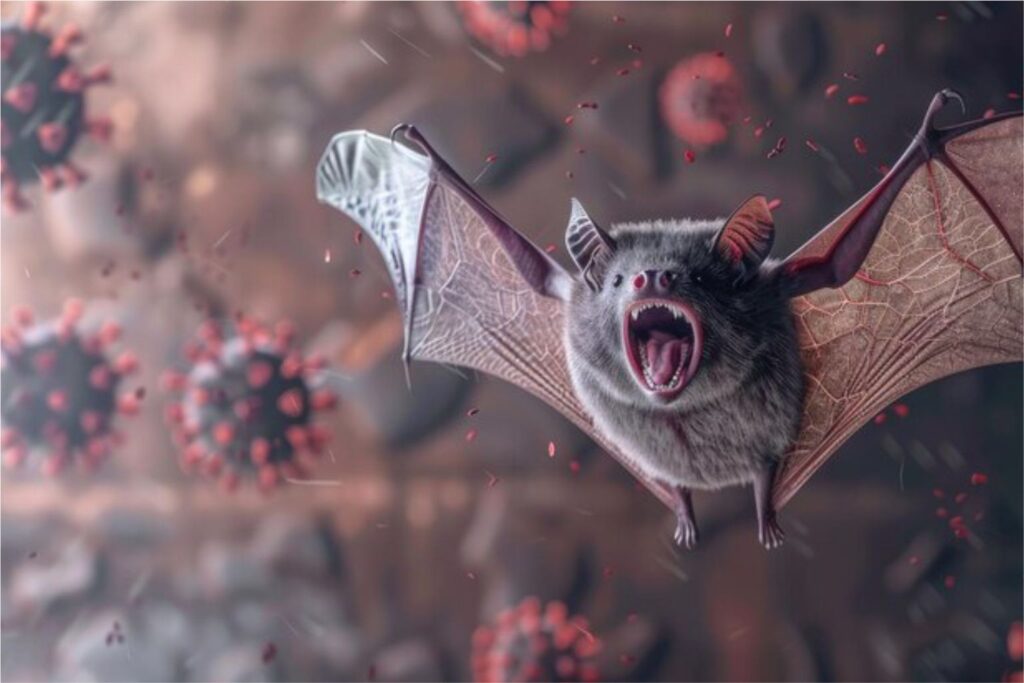
A group of bat viruses could be just a single mutation away from becoming a serious threat to humans, warns a new study published in Nature Communications.
These viruses belong to the same family as Middle East Respiratory Syndrome coronavirus (MERS-CoV). MERS-CoV first emerged in 2012 with a 34% fatality rate. Now, researchers from Washington State University, Caltech, and the University of North Carolina are raising concerns about a lesser-known subgroup called HKU5 merbecoviruses.
“HKU5 viruses haven’t received much attention, but our study shows they already have the tools to infect cells. They might be just one small mutation away from infecting humans,” said Dr Michael Letko, virologist and lead author of the study.
Also Read | COVID-19 now milder and endemic, say experts amid rising cases in India
The researchers discovered that these viruses use a spike protein to latch onto ACE2 receptors, the same cellular doorway used by the virus behind COVID-19. While HKU5 viruses currently attach to ACE2 only in bats, just a small genetic change could allow them to bind to human receptors as well.
In fact, some variants have already jumped to minks in China, hinting at their ability to cross species barriers.
Using AI-powered tools like AlphaFold 3, the scientists simulated how these spike proteins interact with human ACE2 receptors. What normally takes months of lab work was achieved in minutes, and the results matched lab experiments, confirming the real-world potential threat.
Earlier, Chinese virologist Dr. Shi Zhengli’s team had found that HKU5-CoV-2 could infect human cells in lab settings, especially in the intestines and airways. They also identified monoclonal antibodies and antiviral drugs that could potentially target these bat viruses.
However, experts say while there’s no cause for panic, everyone should stay prepared. “These viruses are close relatives of MERS. That alone should make us pay attention,” Dr Letko said.








